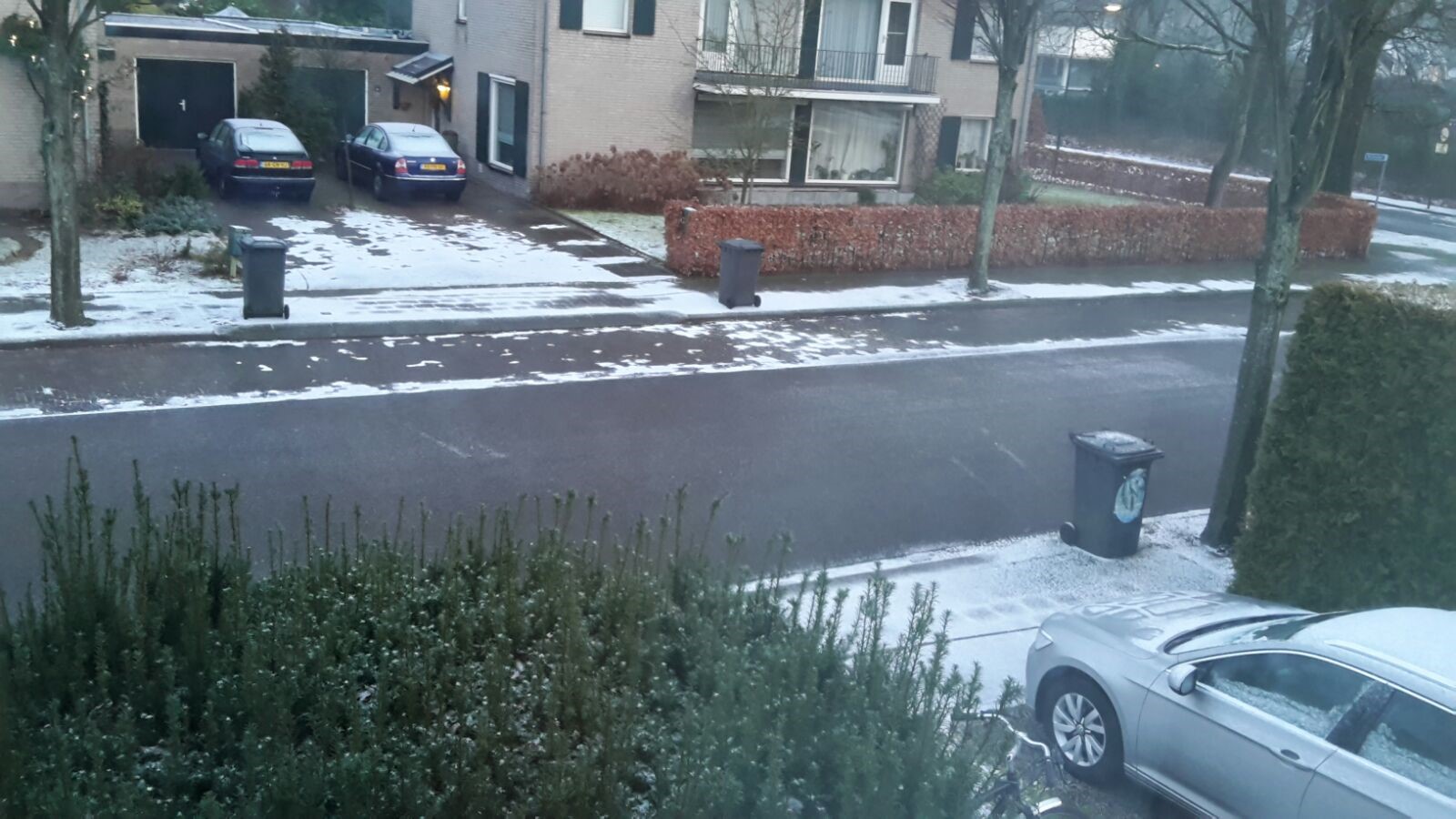True hope is superior to simple desire because may have no foundation of fulfilment. Moreover, hope is better than expectation because that expected wish is not always desirable. Therefore, without knowledge, there is no hope in what lies ahead. As a result, hope must be developed and maintained. It requires continued industriousness [1].
Similarly, by bringing up a modified past and present with hope, the design transforms the future. For example, the design projects shown in Kazerne Home of Design by the Students at the Design Academy Eindhoven, led by curators Ilse Crawford and Oscar Peña. The design projects, under the heading “HOPE”, underlined that small changes in life can make a big difference [2].
With this in mind, one might ask: what is the relationship between Hope and Design? Have you ever considered this? What happens, moreover, when designers shift their focus from satisfying consumer needs to facilitate new social opportunities? To what extent, the current design approaches of Nudge and of Persuasive Technology can qualify to user-influencing design for well-being (e.g. health, environment, etc.)? How can designers deal with ethical issues between domination and freedom while affecting the lives and well-being of users and society?
Nudge and Persuasive Technology aim to influence human behaviour. The term Persuasive Technology – emerged in the 1970’s – is meant to express that technology can persuade people to change their behaviours and attitudes in a desirable way [3]. For example, an application that detects if children after using the toilet have washed their hands. On the other hand, Nudge emerged in the 1990s by designing our material environment to influence us in a positive sense without taking control of us [4]. For instance, by making double-sided copying by default on the printer machines.
The Nudge and Persuasive Technology raise ethical, political and socio-economical issues, and this was particularly the case during the presentation of Ilse Crawford and Oscar Peña. The HOPE exhibition presented zero waste projects creating awareness of our current environmental situation under three main topics: Technological Care, Local Authorities and Well Being. Ilse and Oscar made it clear during the discussion that a designer is a researcher, interrogator and facilitator who creates tangible memories for the future as a response to globalization.

In the history of design, there have been design movements focus on the user influencing for well-being. The design movements covered the quality of the products as a marker to improve the condition of society, by focusing on re-adapting the direction of technology to human needs and values. The ideal movements of the design set the hope in facilitating the possibility of any singular way of leaving. Nevertheless, the tradition of design also seemed to be dangerous and was contested.
Technical progress has proven that it is not the self-evident highway it was thought to be. Therefore, the central question is whether another, more moderate understanding and application of the user-influencing effects of technology would be possible. The challenge is to fully recognize the mediation of behaviour and ways of living through technology and to use this to moderately and wisely enhance well-being.

Explicitly or implicitly, the life and well-being of users and society are always affected by a designer. But can the right balance be found between domination and freedom, manipulation and support? Should this design aspect be left to the individual designer’s responsibility or should it become a matter of ethical, political and socio-economical concerns for all of us?
Furthermore, one might ask:
- Where should the boundary between freedom and manipulation be?
- What if someone or something influences your behaviour without your knowledge and consent?
- Is it the fact that one is more resistant to change related to personal values?
- Must one be forced to change (e.g. carbon emission cuts, meat tax) the lifestyle sufficiently to deliver the fair share to the planet?
These questions are just an example of the critical situation we are experiencing in today’s technology, globalization and the state of the planet earth and should be answered by us in order to take the necessary steps towards a better future with Hope.
For Eindhoven News: Brian
References
[1] https://kazerne.com
[2] Fogg, B. J. (2003). Persuasive technology: Using computers to change what we think and do. Boston. Morgan Kauffmann.
[3] Thaler, R. H. & Sunstein, C. R. (2008). Nudge: Improving decisions about health, wealth, and happiness. New Haven, Yale University Press.
[4] Dorrestijn, S., & Verbeek, P. -P. (2013). Technology, wellbeing, and freedom: The legacy of utopian design. International Journal of Design, 7(3), 45-56.
















